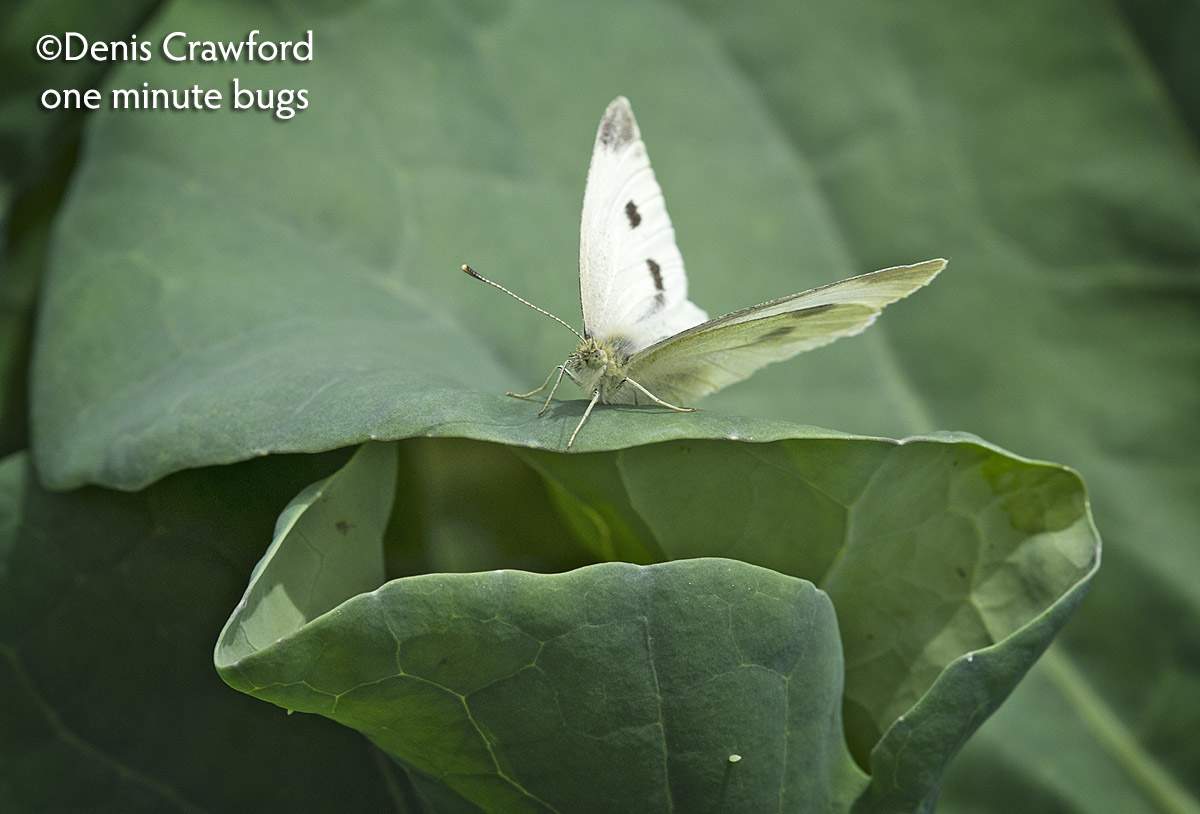One of the most vulnerable stages in an insect’s life cycle is the egg stage, or when larvae first hatch from eggs. What can adult insects do to ensure their young survive these sensitive stages?
Social insects such as ants, termites, and some bees and wasps are experts at protecting offspring. Their colonies are highly organised with a caste system made up of reproductives (fertile queens and males) and sterile workers. In a colonial structure such as this offspring are produced by the reproductives, and protected within the nest by workers. In other words the entire colony is focused on the well-being of the next generation.
Non-social insects have different strategies. Predatory wasps of the families Crabronidae, Sphecidae and Vespidae either construct mud nests or dig nest burrows. These wasps hunt for an insect or spider to sting and immobilise, then place it in the nest to lay an egg on. The hatching wasp larva will be safe and sound inside a well constructed nest (such as a mud nest), or a hidden nest (burrow), with plenty to eat. Check out this Sphex sp. (Sphecidae) wasp hauling a paralysed locust into a burrow she dug (below).


